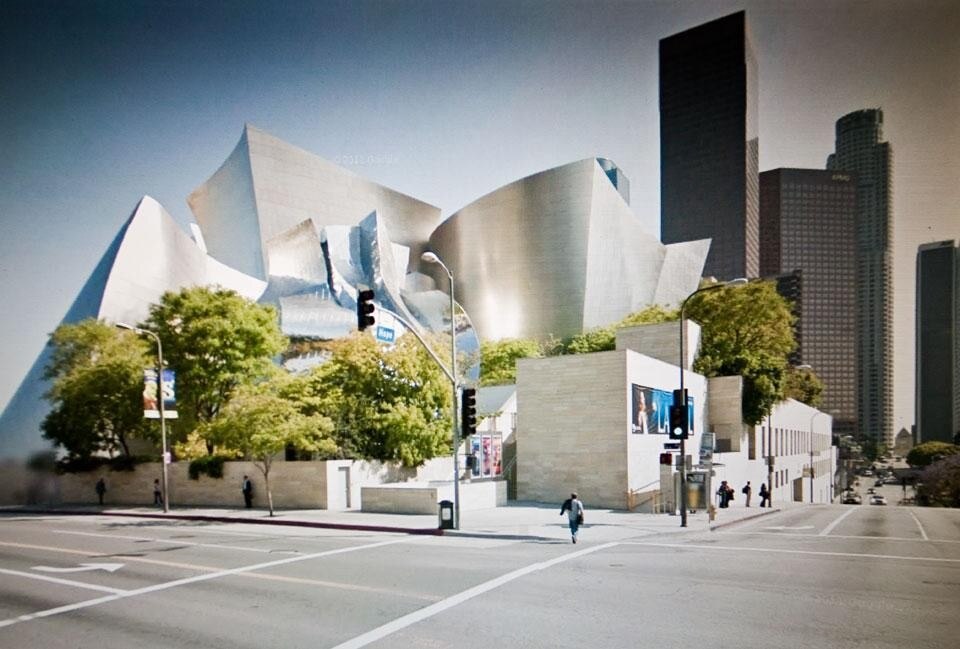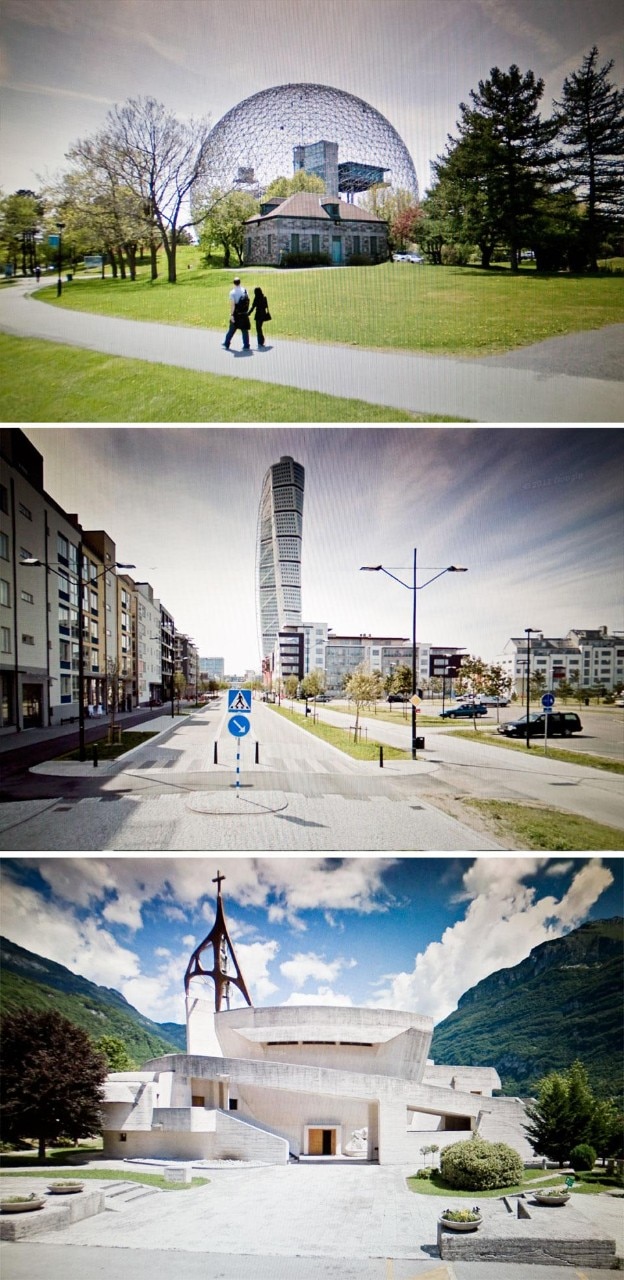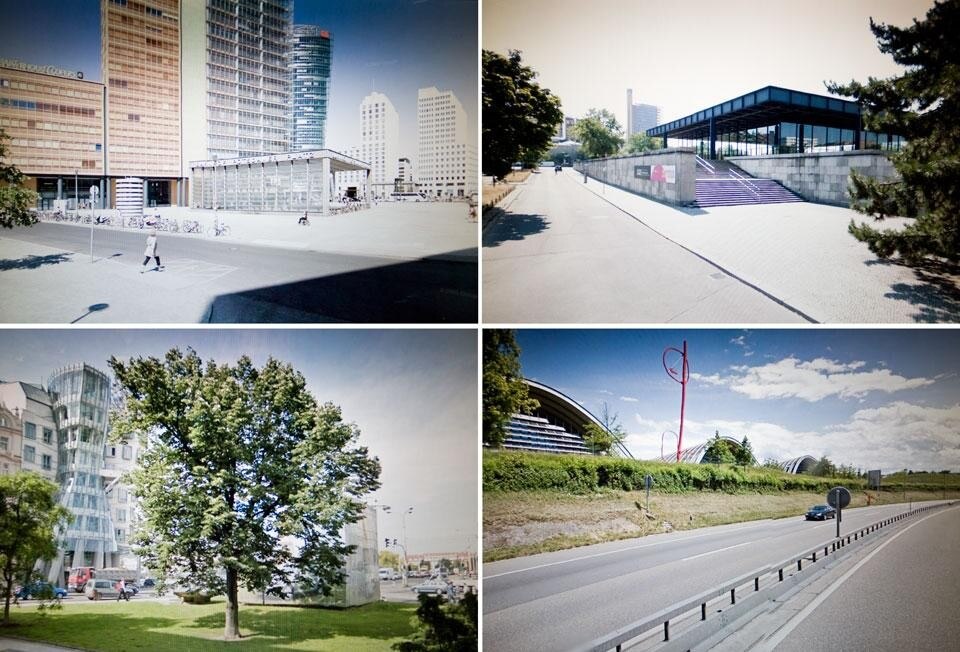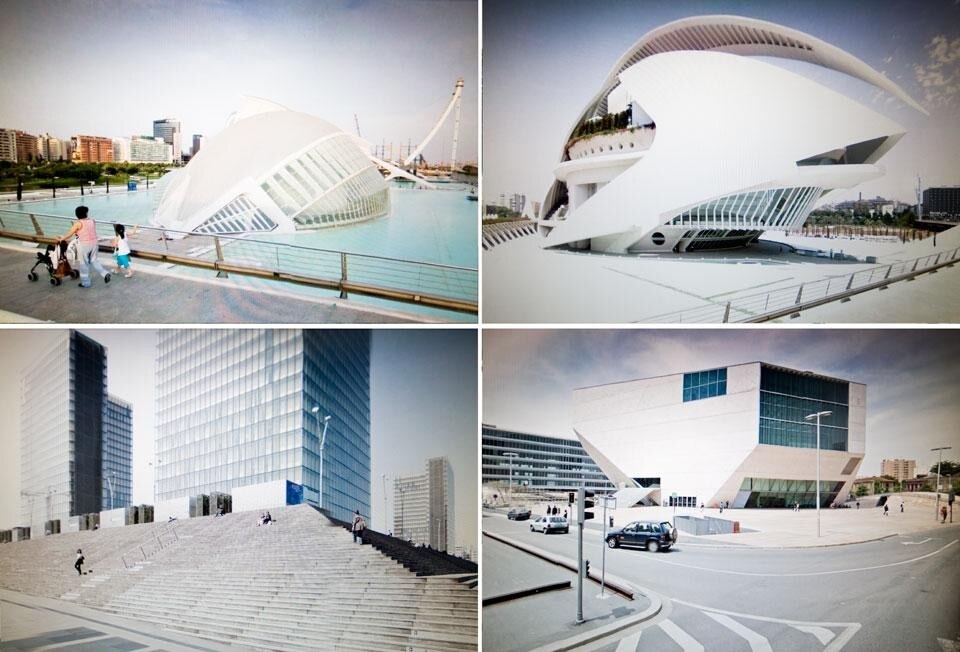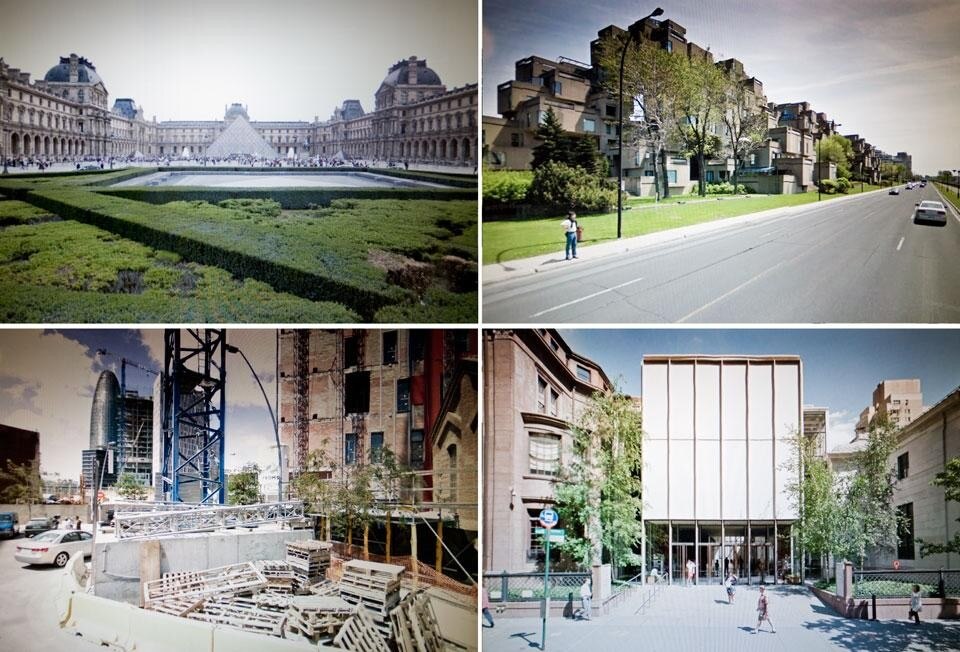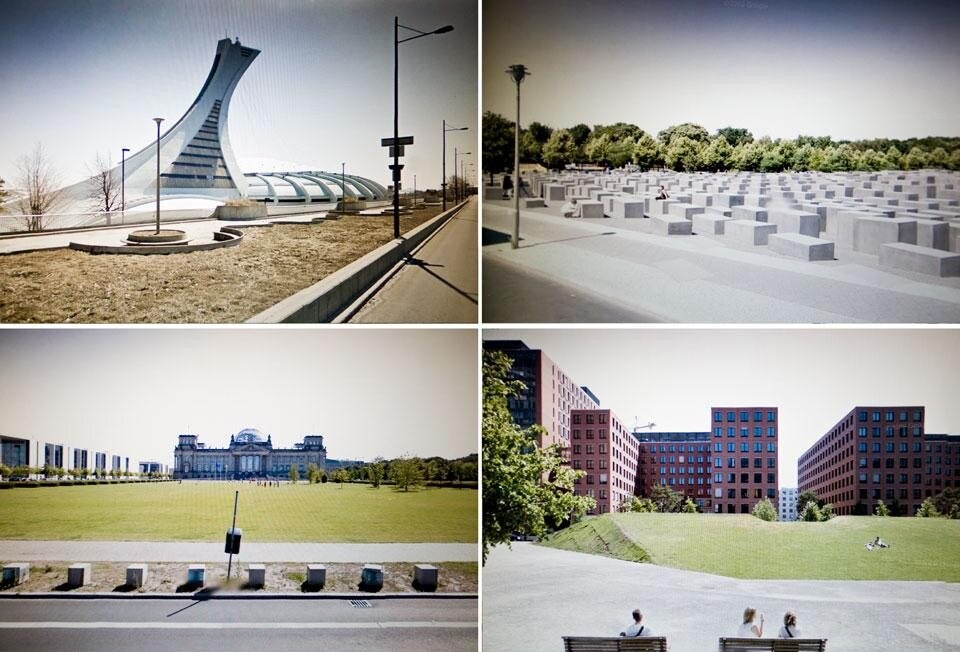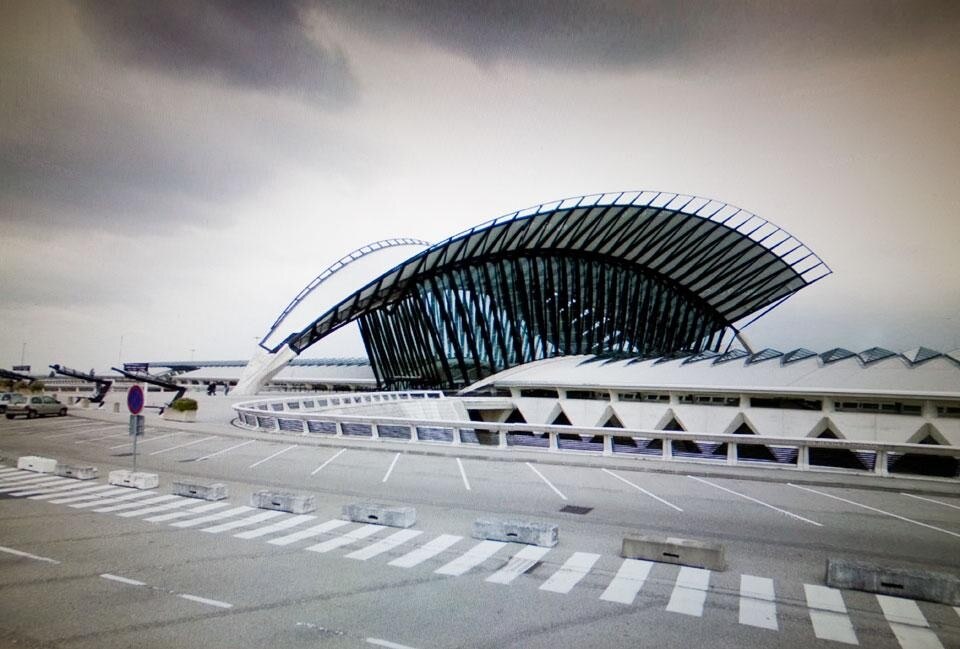As when radio and then TV appeared in the 1950s, it has helped transform our modus vivendi. A product and medium of the global era, the Internet has hugely speeded up the exchange of information, facilitating the circulation of news and knowledge and paving the way for rapid knowledge sharing. The so-called Web 1.0, popular until the 1990s, was almost exclusively based on static websites that did not give users the option of direct interaction, save for simple content surfing. It was replaced by the more recent and evolved Web 2.0, in which interaction is the basic ingredient. Phenomena such as Napster, Myspace, YouTube and Facebook, to name but a few, have literally changed our lives and enjoying audio-video products and expanding your contact network have never been so easy or immediate.
Amazon and eBay have revolutionised the way we shop. Today, much of our interaction with others occurs via networks and blogs, which now flank the traditional face to face encounters. In terms of information and image circulation, the Google search engine has, I believe, played a crucial role. We use Google to search for answers to our questions, look for friends and acquaintances and even to look up ourselves. On Google, we can use a keyword to source images and even plan trips by searching for photographs and information on our destination.
